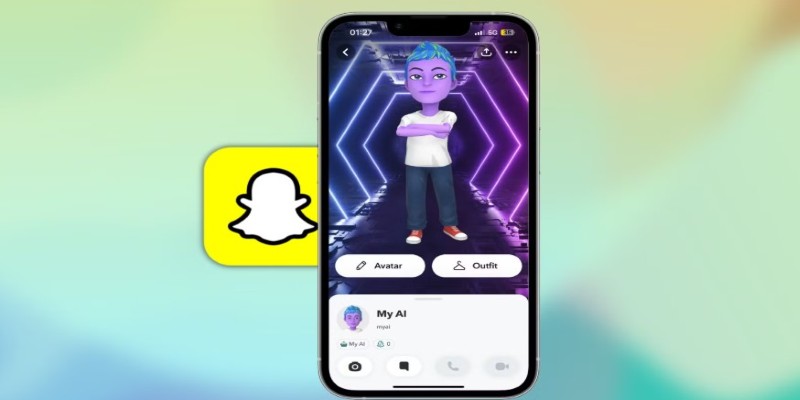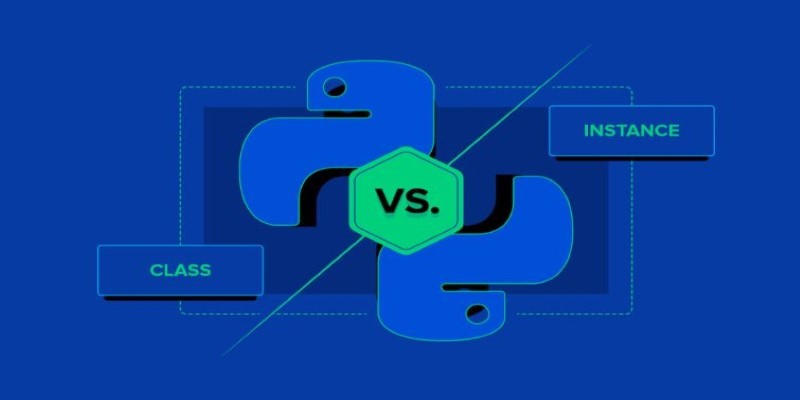Advertisement
You’re curious about AI prompt engineering. You’ve seen it mentioned on job boards, heard about it in tech circles, or stumbled across it while exploring tools like ChatGPT or Midjourney. And now you want to learn how to actually do it. Fair enough — but with so many courses floating around, which ones are actually worth your time?
Below are six online courses that don’t waste hours on fluff. They focus on what matters — teaching you how to shape your questions, guide AI tools to work the way you want, and sharpen the language that leads to more accurate results. Whether you're doing this for work, a side project, or pure curiosity, one of these will likely suit you.
This one is a solid entry point for people who want clear explanations without being buried in technical details. It introduces how large language models respond to inputs and why phrasing matters more than you’d expect.
The course sets up a useful mental framework by comparing different ways to phrase a single idea and shows how those small changes affect the AI’s response. You’ll notice how instructions, questions, and examples can pull the model in different directions. It doesn’t dive into programming — instead, it explains core ideas behind structured prompting and when to be more specific versus open-ended.
For anyone new to AI tools, this gives a much-needed sense of control over how outputs are shaped. You finish with a working sense of how models “read” your words and where misunderstandings tend to creep in.
This course skips over introductory ideas and dives straight into applied tasks — best for people already familiar with AI interfaces or who use them regularly in their workflow. You won’t just be watching how prompting works; you’ll be applying it across different problem types.

One highlight is how it explores intent alignment. You’ll learn how to guide the AI when it's veering off course and how to get back on track without rewriting from scratch. The course includes task-specific designs, such as crafting step-by-step outputs, handling multi-turn interactions, or formatting data for follow-up use.
It’s also particularly strong at teaching outcome comparison. You’ll try multiple approaches to a single problem, see which one works better, and figure out why. That makes it ideal for people who want to make AI behavior more reliable across varied use cases.
This bootcamp is packed. It's structured for people who want broad coverage across text and image generation tools. You’ll find content on ChatGPT, Midjourney, Claude, DALL·E, and others — all in one place.
What makes this course stand out is its emphasis on range. It doesn’t stick to one type of task. You’ll work through creative writing prompts, data restructuring, formatting help, script suggestions, and idea expansion. There’s also a segment for building role-based agents — prompts that keep the AI in a defined personality or tone.
It moves quickly, but that ends up being part of the appeal. You're not stuck too long on any single method. If one section doesn’t interest you, the next probably will. The format works well for people who learn by repetition and variety rather than sticking to a single track.
If you don’t need credentials but want to learn efficiently, this course offers compact, example-driven learning without formal structure. The instructor walks through prompts in real time using public tools, and you see the raw process — failed results, tweaks, and improvements included.
What makes this approach useful is the focus on thinking aloud. Instead of delivering polished results, the instructor narrates how they interpret AI responses and what clues suggest the model misunderstood something. You get better not by copying answers but by watching how adjustments are made on the fly.
This format suits learners who don’t need step-by-step instruction but want to sharpen their instincts. Watching someone debug prompts is often more useful than following a pre-written formula.
This isn’t a “course” in the usual sense — it's more of an ongoing collaborative lab. But it’s especially helpful if you’re past the basics and want to test ideas in a real-time group setting.

Each week focuses on a challenge or theme, and everyone contributes their version of a solution. It's an open space where creative prompts get compared, and new techniques emerge organically. No one tells you there's a single right answer, which is exactly what builds prompt fluency over time.
What’s most valuable here is exposure to prompt diversity. You'll see how differently people write instructions for the same task, and it will push you to experiment beyond your own habits. This back-and-forth approach teaches adaptability and creativity in a way that pre-recorded lessons usually can't.
If you have access to internal training at your company, take it. These courses are designed for people already working with specific workflows, and they skip theory in favor of direct application.
Unlike most public courses, these often include built-in templates that align with brand language, tone, and formatting needs. You might learn how to generate monthly reports from raw input, assist with content production, or format outputs for systems already in use at your company.
What makes these effective is their focus on contextual prompts. You’re not learning how to use AI in general — you’re learning how to make it do your job better. That kind of immediate relevance often makes for faster learning and more practical results.
These courses cover very different angles. Some teach structure and phrasing. Others guide you through troubleshooting. A few build creativity, and one is purely situational. But none of them repeat each other — they each offer a way to grow your skills depending on how you like to learn.
You don’t need all six. Just one or two, paired with regular practice, will get you past the surface-level tricks. Because good prompting isn’t about writing magic phrases — it’s about knowing how to shape questions and control outcomes. Once that clicks, everything else moves faster.
Advertisement

Case study: How AI-driven SOC tech reduced alert fatigue, false positives, and response time while improving team performance

Curious about LPU vs. GPU? Learn the real differences between a Language Processing Unit and a GPU, including design, speed, power use, and how each performs in AI tasks

Cisco’s Webex AI Assistant enhances team communication and support in both office and contact center setups.

Wondering if third-party ChatGPT apps are safe? Learn about potential risks like data privacy issues, malicious software, and how to assess app security before use

Think My AI is just a fun add-on? Here's why Snapchat’s chatbot quietly helps with daily planning, quick answers, creativity, and more—right inside your chat feed

Pinecone unveils a serverless vector database on Azure and GCP, delivering native infrastructure for scalable AI applications

Explore how IBM's open-source AI strategy empowers businesses with scalable, secure, innovative, and flexible AI solutions.

Curious about AI prompt engineering? Here are six online courses that actually teach you how to control, shape, and improve your prompts for better AI results

Consider model size, cost, speed, integration, domain-specific training, and ethical concerns when you choose the right LLM

Ever wanted to make lip sync animations easily? Discover how Gooey AI simplifies the process, letting you create animated videos in minutes with just an image and audio

Wondering how ChatGPT can help with your novel? Explore how it can assist you in character creation, plot development, dialogue writing, and organizing your notes into a cohesive story

Explore the key differences between class and instance attributes in Python. Understand how each works, when to use them, and how they affect your Python classes